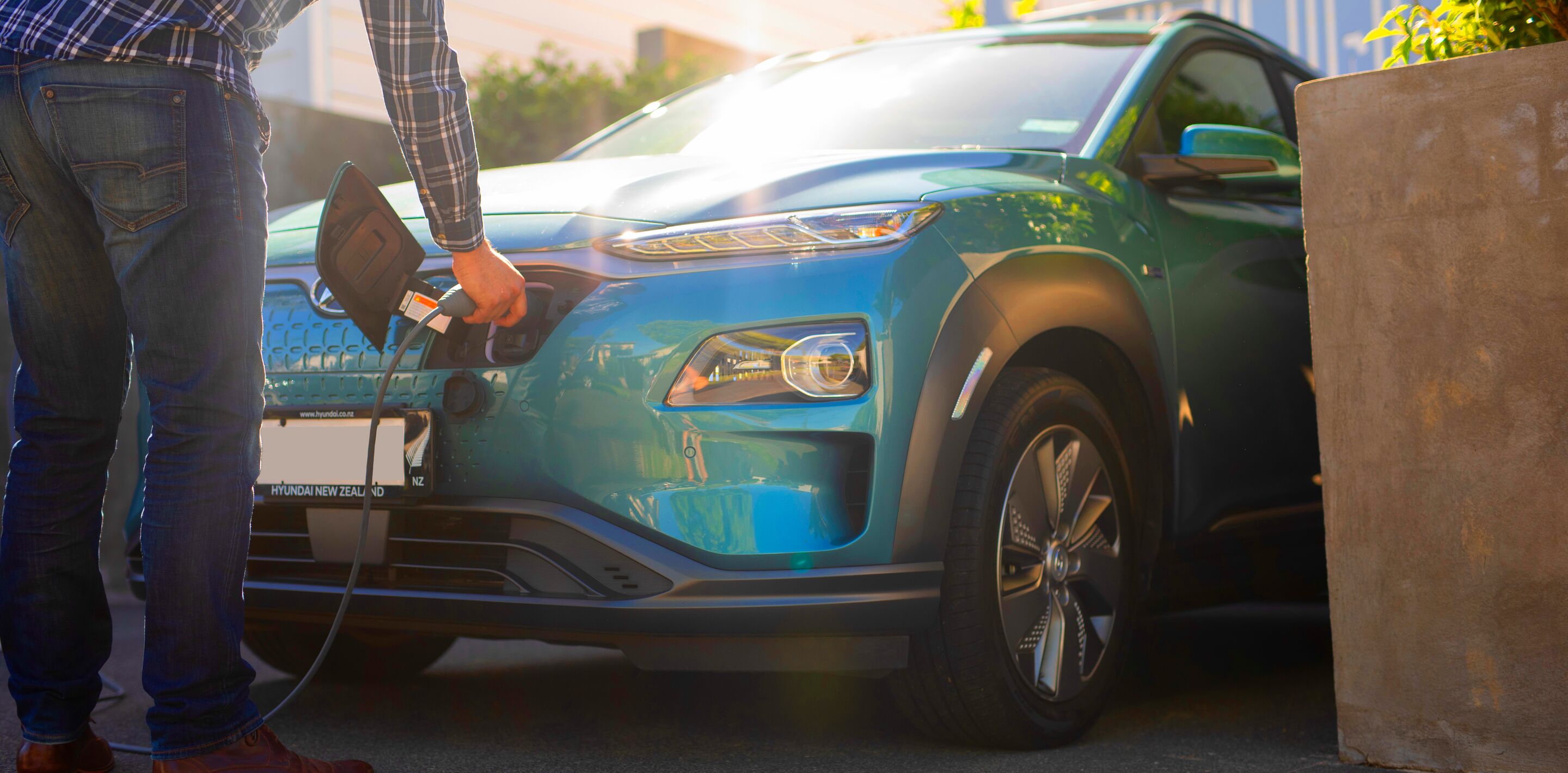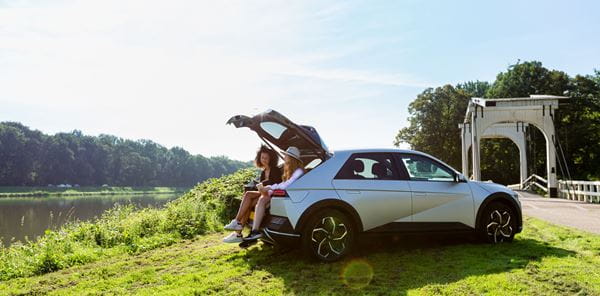
Charging your electric company car at home: what you should know
Most EV or plug-in hybrid vehicle drivers charge their car at home. What are the different possibilities for home charging? And what about the reimbursement for the power used at home to charge a company car?
In the office, most battery vehicles are charged at a charging station on the company premises. You can also have such a charging station installed in your driveway at home. It can also take the form of a wall box in your garage. This is the quickest way to supply power to your EV battery. The charging station increases the power you can draw from the grid.
In some cases, you can draw up to 11 kW (or even 22 kW) from the grid, provided that you have a three-phase connection and your car's on-board charger can also handle three-phase AC. With single-phase AC, the output is limited to 7.4 kW. How long does it take to fully replenish an empty battery? Generally speaking, you need to divide the capacity of your battery by the available output and add 15 per cent. For example, a 48-kWh battery takes about 7.5 hours (48/7.4 x 115%) on a 7.4 kW charger.
Load-balancing and connectivity
Ideally, your charging station or wallbox is also connected to the internet. In that case, you can remotely monitor your charging infrastructure and manage your charging with your smartphone, tablet or computer. The big advantage of a connected wallbox is that it can send your power consumption to a management platform, so that your employer can directly reimburse your home charging costs.
Even better is a charge point with load-balancing: this system varies the amount of power flowing to your car battery according to the consumption of your household appliances and even the power production of your solar cells. This way, you can smooth out peaks and gain maximum benefit from your own energy production.
What about an ordinary charging cable?
There are also simpler, cheaper and "installation-free" ways to charge your EV. For example, you can also fill your car's battery using the charging cable with the standard household plug that (usually) comes with the car. However, this solution is very slow (from a 10 amp socket you won’t draw more than 2.3 kW) and you cannot accurately measure how many kWh flow into your battery. The only source of information you have in this case is the on-board computer of your car. Asking your employer for reimbursement is therefore a manual, inaccurate process.
An intermediate step between the regular charging cable and the wallbox or charging station is the so-called smart cable. Again, you can just plug it into the wall socket, but it is connected to the internet and can accurately relay the amount of electricity a particular car has drawn from the grid. Load-balancing is not possible, but certain smart cables can speed up charging slightly (up to 11 kW) if they are three-phase AC capable.
Which charging solution for me?
In general, for fully electric cars it is recommended to use a wall box or charging station. It is best to have these installed by a professional. Certification of the installation is mandatory.
For plug-in hybrids, a smart cable may suffice if your car's battery is not too big. However, it is best to provide a separate socket that can cope with the heavy load of the charging cable. Your electrician will certainly know what to do.






